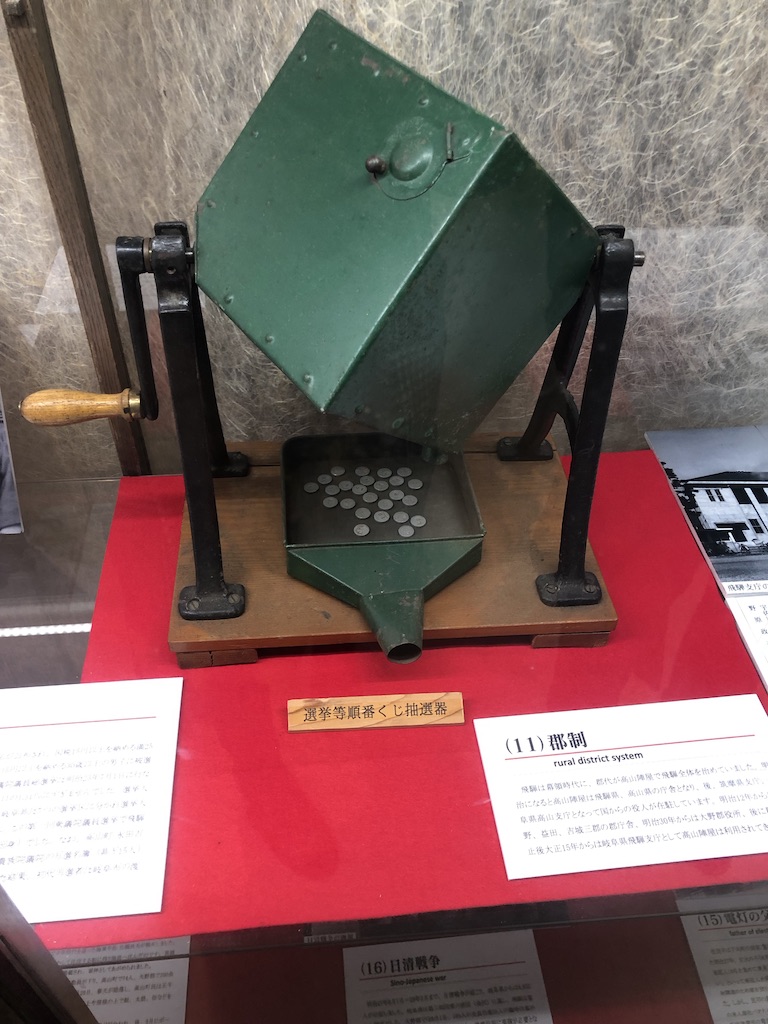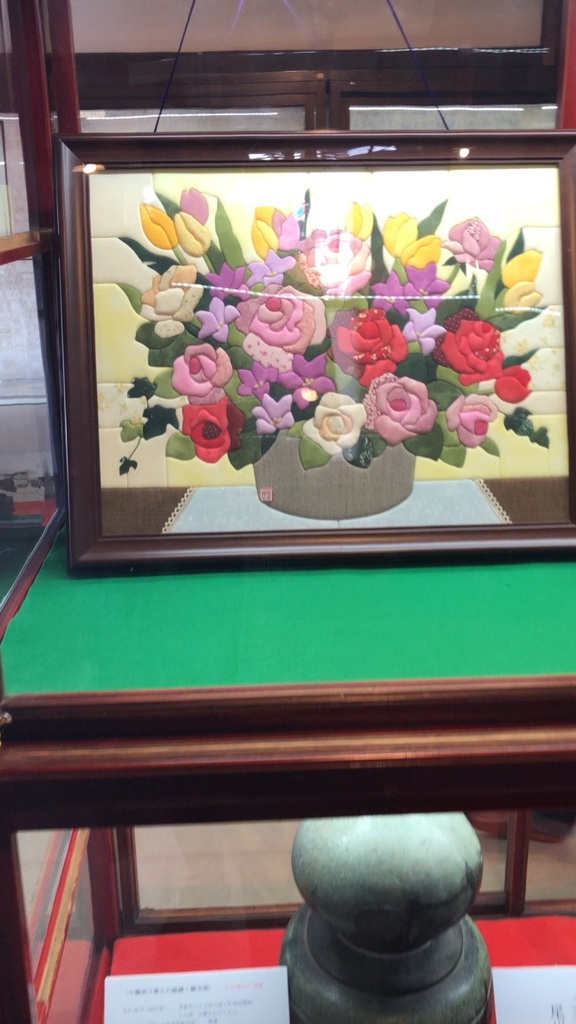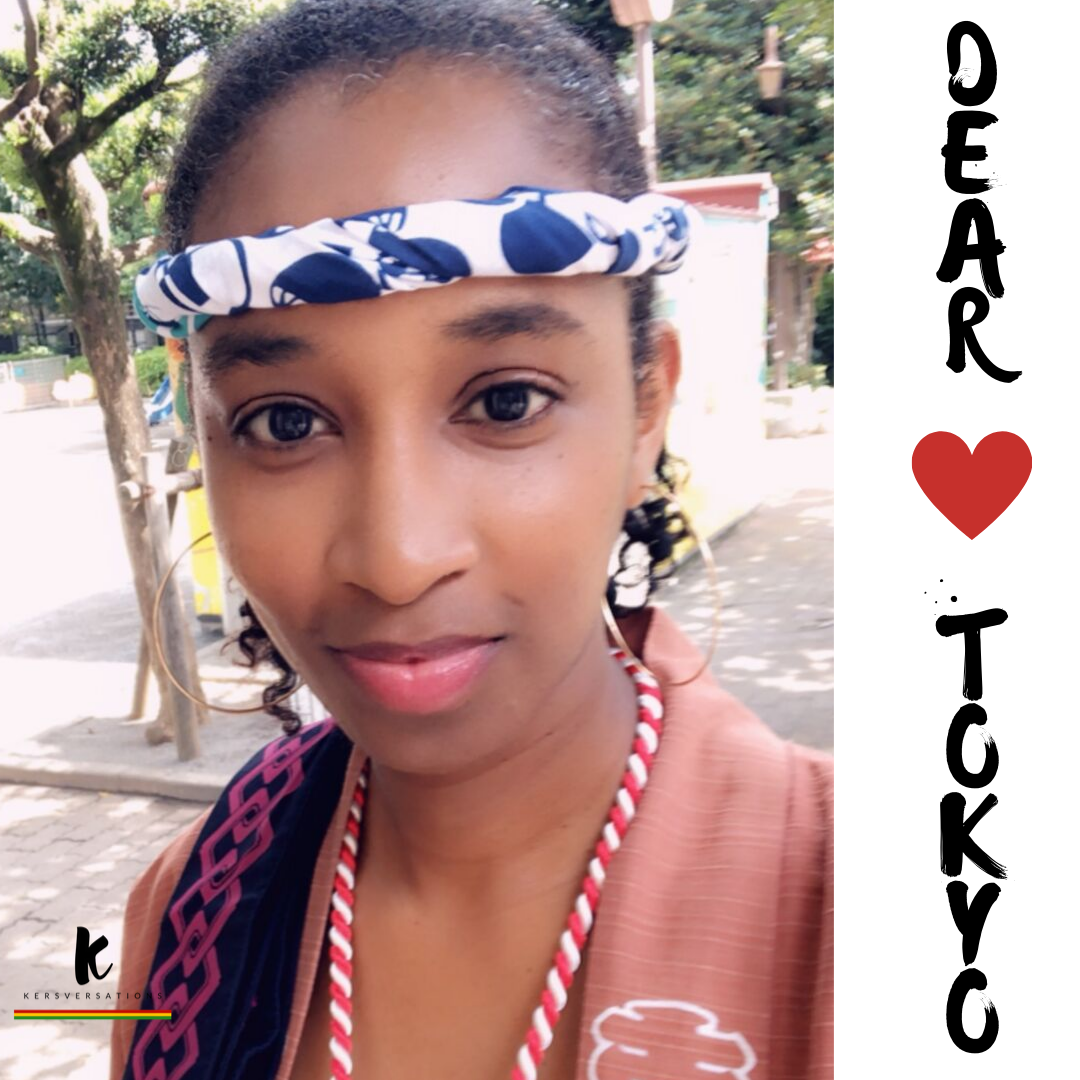Takayama (高山) is a city in the mountainous Hida region of Gifu Prefecture. Takayama is the heart of Japan’s inland mountain culture. The city is built around the beautifully preserved Sanmachi Suji district. It’s also commonly referred to as Hida-Takayama. Takayama retains a traditional Japanese touch especially in its beautifully preserved old town. Takayama gained importance as a source of high quality timber and highly skilled carpenters during the feudal ages. The city was consequently put under direct control of the shogun (a hereditary commander-in-chief in feudal Japan) and enjoyed quite a bit of prosperity considering its remote mountain location.
Now let’s talk about Takayama from my perspective:
First of all, I had the pleasure of exploring this beautiful town with two amazing friends (Mike & Liam). Without whom I probably wouldn’t have had such a great time. Actually, at the time, Mike was the one who organized this tour as Liam and I were quite hopeless when it came to organizing such. I mean a hang out in a bar or going for dinner, sure, but sightseeing tours…nahhh… Mike was our go-to guy LOL.
So, we assembled at Nagoya Train Station for about 8 a.m. all tired, sleepy and generally wishing we didn’t have to wake up so early on our day-off. A couple minutes later we found our seats on a large Meitetsu bus, chomping down our Mc Donald’s breakfast which Mike volunteered to get because he anticipated our lack of energy so early in the morning. Listen, this guy organized like no other, even predicting the morning of!


Five cups of coffee, Four spoons of sugar, Three Mc Breakfasts, Two hours and One bus ride later we arrived at this majestic and well preserved traditional town of Takayama. And what a site it was! I literally felt like I walked into a time capsule. I meannnnnnnnnn, let’s talk about MODE OF TRANSPORTATION: A Rickshaw!!

The word rickshaw originates from the Japanese word jinrikisha (人力車, 人 jin = human, 力 riki = power or force, 車 sha = vehicle), which literally means “human-powered vehicle”. The initial rickshaws rode on iron-shod wooden wheels and the passenger sat on hard, flat seats. In the late 19th century and early 20th century, rubber or pneumatic rubber tires, spring cushions, and backrests improved the passenger’s comfort. Other features, such as lights, were also added. But the most popular one is the cycle rickshaws which are made of wood with three tires.
Next up, the infamous Nakahashi Bridge. A vermillion (bright red pigment) bridge that goes across Miyakawa River, a symbol of Takayama. The bridge is surrounded with willow and cherry blossoms that creates a beautiful contrast between the vermilion bridge and green area. In spring, this place is famous for cherry blossoms and the area is especially beautiful at night when the trees are illuminated. [ Our trip was in February, so the cherry blossoms were not yet in season]

Then, Takayama Municipal Government Memorial Hall:
This building overlooking the Old Private Houses (Ichinomachi, Ninomachi, and Sannomachi areas) was used as the town and city offices from 1895 until 1968 (Meiji 28 – Showa 43). It is built with the finest Japanese cypress, and has numerous glass sliding doors dating from when glass windows were first introduced to Takayama.This building serves mostly as a museum now. Its outside structure alone serves award worthy preservation.
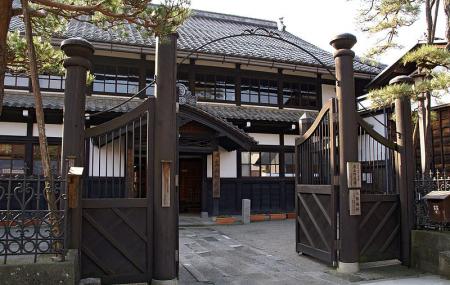
Inside lies stories of Takayama, history of its governments, relics of the past and spaces where we sat and let the sun hit our face as we endured a very cold winter day. [Make no mistake…it was FREEZING on this particular day in February.] (See some photos below)
ANDDDDD….Of course, Local cuisine! Takayama is famed for its “Hida beef.” One of the best in Japan! Hida-gyu” (Hida Beef) is the specific name given to beef from a black-haired Japanese cattle breed, that has been raised in Gifu Prefecture for at least 14 months. Hida-gyu is required to have been confirmed and certified as Yield Score of Grade A or B by the Hida Beef Brand Promotion Conference, and have a Firmness and Texture Grade of 5, 4 or 3 as graded by the Japan Meat Grading Association.
We dabbled for the first time in Hida-gyu beef sushi. Yes, I said BEEF SUSHI. Before coming to Japan I thought sushi was only made out of fish. Who knew!!??
Anyway, to my surprise and nervous bewilderment it was really quite tasty! We also picked up some Hida Gyuuman which are beef buns made with a fluffy, soft dough and plenty of juicy, spicy-sweet seasoning, sweet beef.
And the greatly anticipated and famous Takayama Sake! We had more than a few breweries and Sake shops to browse through and we learnt about, tasted and picked up some great Japanese sake! Takayama is famous as one of the greatest sake-producing locations in Japan.
There are three reasons why sake in Takayama is so tasty. First, it is the cold climate. Surrounded by the 3,000-meter high mountains, Takayama is a location where the temperature difference between daytime and nighttime and between summertime and wintertime is significant. In particular, it snows a lot in winter and gets bitterly cold, but this coldness is essential for sake production. Second, it is the condition of the water. Infiltrated water from the Northern Alps is necessary to make tasty sake. Third, it is the rice. In Takayama, the locally produced “Hida-Homare” rice is used for sake production. This rice has five elements—sweetness, spiciness, sourness, astringency and bitterness. They are in good balance, and delicious sake is produced when it is mixed with the infiltrated water in the bitter cold.
A tour of the old town was our last activity, and we took our time walking the streets, taking loads of photos and enjoying this old town which seemed untouched by modern technology. We strolled though the past as future beings like a time machine gone awry. And it was blissful. Here are a few photos below of Old Town Takayama.
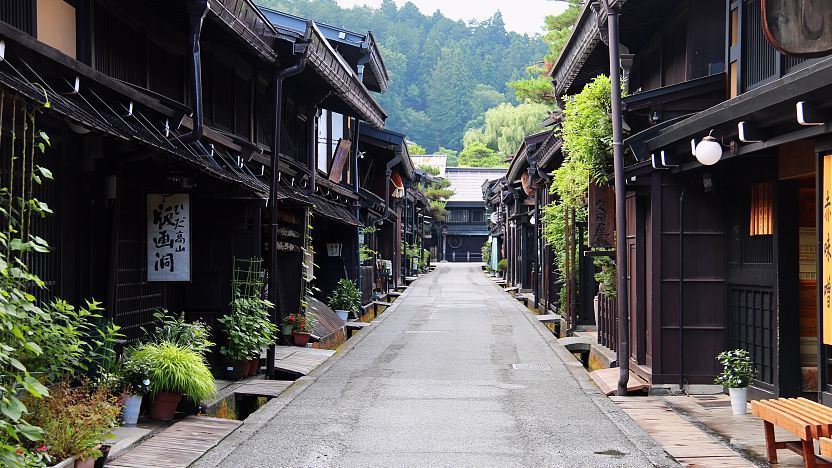
Some more insight into our tour of the old town below:
Look out for Part Two of the K-L-M Adventures: Shirakawago.
Thank you for reading!
Peace, Love and Light!
– Kers
References:



